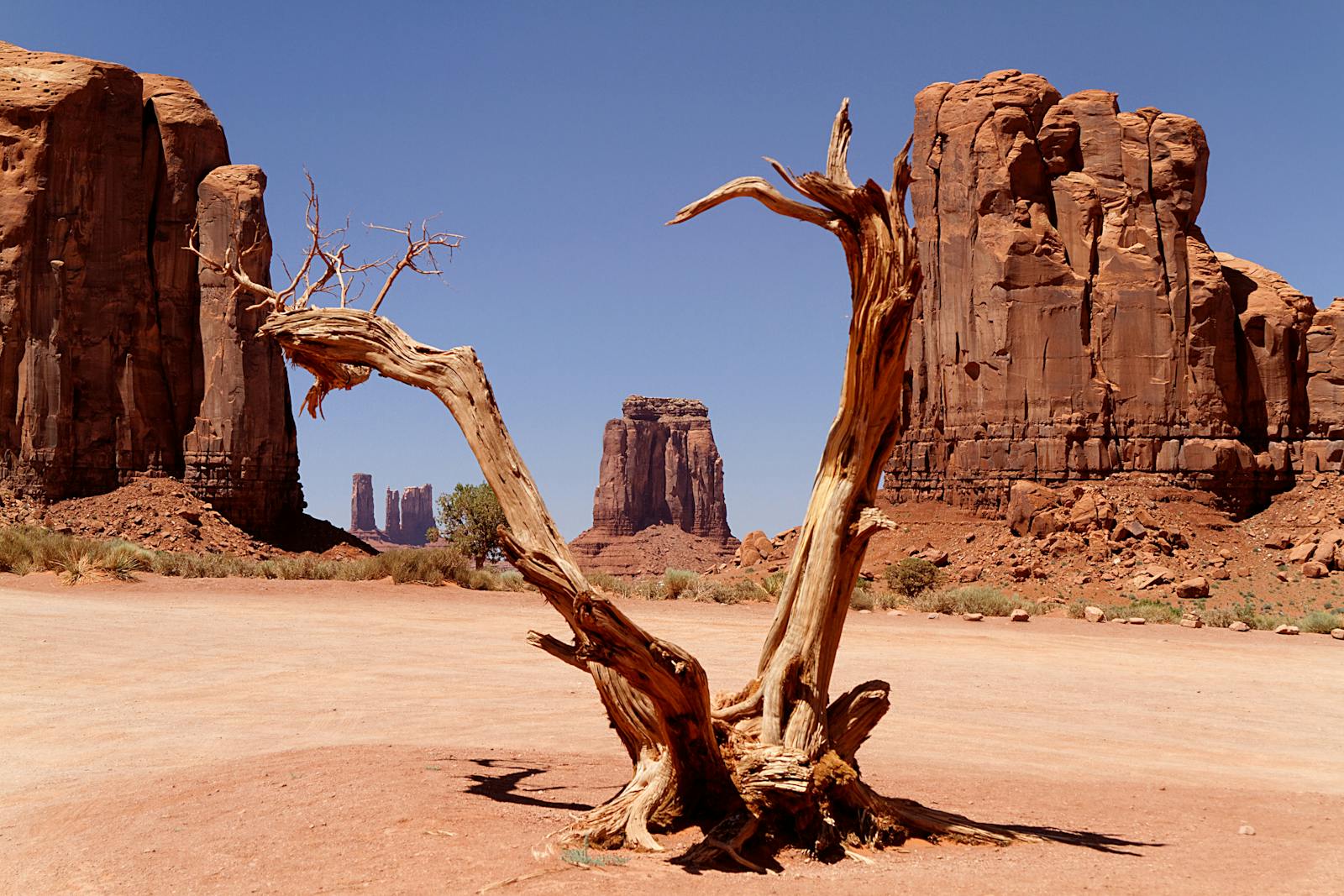
Chronicles of Conflict: 30 Fascinating Facts About Wars Throughout History
Babies Unveiled: 30 Astonishing Facts About Infant Development
Exploring the Wonders of Europe: 30 Fascinating Facts
The Power of Maternal Love: 30 Inspiring Facts About Moms and Kids
Dancing Through History: 30 Fascinating Facts About Dance
Discover the Wonders of the Human Body: 30 Fascinating Facts
Meowsterpieces: 30 Fascinating Facts About Cats
Beyond the Bark: Fun Facts to Know About Dogs!
Beneath the Feathers: 30 Surprising Bird Facts Explored
Unlocking the Truth: 30 Fascinating Facts About Prisons
Discovering Deserts: 30 Fascinating Desert Facts
Railway Wonders: Exploring 30 Fascinating Train Facts
Botanical Wonders: 30 Fascinating Plant Facts
Church Chronicles: 30 Fascinating Facts About Sacred Spaces
Exploring the Cosmos: 30 Mind-Blowing Space Facts








